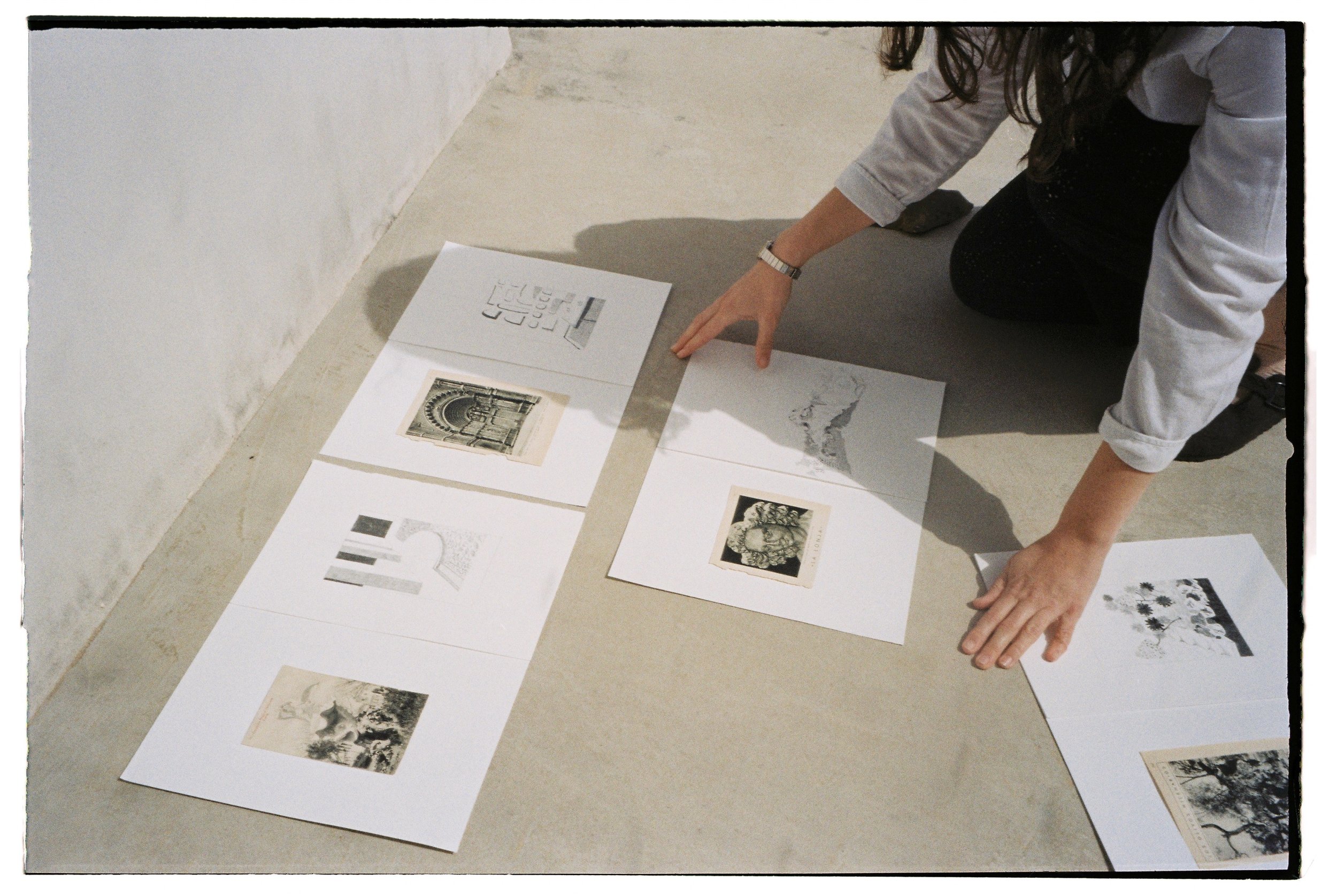Billie Muraben
Y: Hello Billie :) Can you tell us a bit more about yourself?
B: I grew up in Brighton, on the south coast of England. My mum is British and my dad is Turkish, so that blend of cultures and ways of living was a big part of my childhood. I’ve always leaned towards the arts and humanities — that’s what I mostly focused on in my studies.
Y: Do you have any early memories of creative moments?
B: At home, the main form of art that was really present was music. Both of my parents love music, so there were always parties at our house — it was really warm and social. Visuals and films weren’t as much a part of my early environment, but music and literature definitely were. I remember my dad often listening to songs in languages he didn’t understand, and there was something beautiful about that — this idea of engaging with something emotionally, without needing to fully understand it. It was all about feeling.
My dad used to always listen to this Brazilian band from the ’60s and ’70s called Os Mutantes. They were a kind of psychedelic pop rock band — really good. He’d tell my brother and me about how politically involved they were, how they created these anti-government manifestos… So it wasn’t just about the music—it was also about understanding who these people were and how they interacted with their reality.
When I was around 12 or 13, we went to an exhibition together — it’s actually the only exhibition I’ve ever been to with my dad. It was about Tropicália, the movement Os Mutantes were part of. It wasn’t just a music movement, it was also political and visual — there were these beautiful installation works that made you feel like you were in Brazil. It didn’t look like the kind of art I’d seen before or had been taught to think of as “art.” There weren’t any paintings or sculptures — it was more like spatial installations, as if someone had taken a real-life scene from a Brazilian village and placed it inside the gallery.
I just remember really loving the atmosphere and this idea that art could be anything. It made me realise that it’s not always about what’s traditionally accepted as art—it’s about what people are willing to legitimise and pay attention to. And actually, I often find the context around a piece just as interesting, if not more, than the work itself.
Y: How do you nourish your creativity?
B: I think taking time away from everyday life is really important. This is actually my second time doing an artist residency, and I find it incredibly nourishing — good for me in every possible way. Being in an environment that’s both inspiring and unfamiliar, with a mix of excitement and calm, really helps fuel my creativity.
I also try to bring that same intention into my everyday life —creating a tidy, clear space, lighting a candle, putting on music… little rituals that make things feel pleasurable and grounded. I love going to exhibitions, reading, having meaningful conversations with people — it all feeds into my creative energy in different ways.
Y: What are your different creative practices?
B: I write for magazines as well as brands, and I do a lot of editing— often working with people who are making books, helping them develop their ideas. I also teach graphic design, illustration, and curating.
One of the bigger projects I’ve worked on was the Istanbul Design Biennale, which opened in October 2020 and ran until mid-2021. It was a really exciting experience — kind of like using the same skills as making a book, but instead of working on a page, you’re working with a city. It was all about thinking how different ideas and projects interact with various spaces and settings in that one place. What made it really special was working with a great group of people and learning from each other along the way.
Y: What does a typical day in your daily life look like?
B: As a freelancer, my schedule is quite flexible, but I actually really enjoy having structure and a routine. For the past five years, I’ve been sharing a studio with a group of people who’ve also become close friends, and that’s made a huge difference. We’ve created a really supportive environment — we respect each other’s work modes and maintain a good balance between quiet focus and connection. It’s a bit like having colleagues, which is something I really value.
Y: Do you feel like your Turkish heritage has influenced your creativity?
B: I think it has, but not necessarily through direct symbols or visual language. It’s more about the experience of navigating between different cultures and ways of thinking. Growing up with that duality has really shaped how I approach creativity—it gave me an early understanding that there isn’t just one way to do things. That mindset naturally leads me to question definitive ideas, whether it’s about how something should look, be interpreted, or even what the “right” way is. I think that constant curiosity and openness deeply influence my work.
Y: And to finish — what would you tell your five-years younger self?
B: I’d say: be open to trying things out. Make more space for yourself, and don’t let the city define your pace. Go to artist residencies sooner. Be in the sun more. Give yourself time and space. Trust yourself to work things out, even when things feel unsteady. Trust your instinct.
A conversation with Design writer + curator Billie Muraben during her artist residency at Casa Balandra, Mallorca, April 2022.




